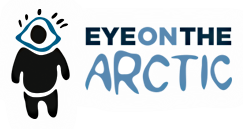Weight of traditional knowledge discussed Diavik’s water licence public hearing
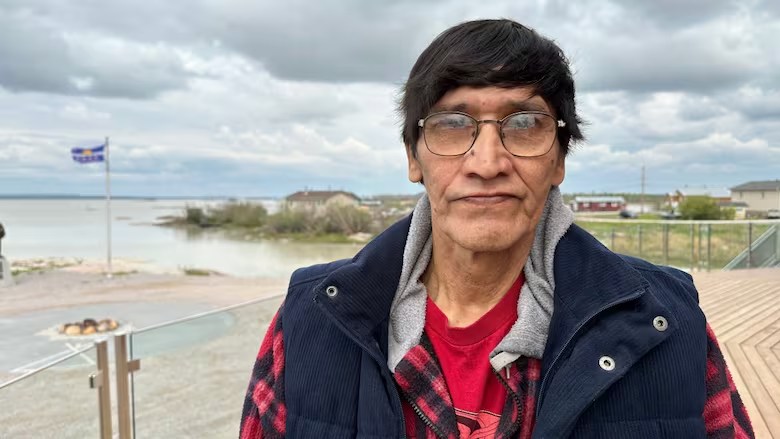
Mine says putting traditional knowledge in water licence conditions will remove flexibility
A handful of Indigenous governments want to see more criteria enshrined in the conditions of Diavik diamond mine’s new water licence, to determine that water will be safe for cultural uses.
The Wek’èezhìi Land and Water Board (WLWB) is holding a public hearing about the company’s application for a 10-year water licence renewal, at the cultural centre in Behchokǫ, N.W.T.,̀ this week.
The Tłı̨chǫ government, the Yellowknives Dene First Nation, the Łutsel K’e Dene First Nation and the Deninu Kųę́ First Nation are all participating in the hearing, along with representatives of the federal and territorial governments and an environmental monitoring board.
Violet Camsell-Blondin, who presented Wednesday morning on behalf of the Tłı̨chǫ government, told the hearing that both Western science and Indigenous traditional knowledge should be used to assess the water of Lac de Gras, the tundra lake in which Diavik operates, about 300 kilometres northeast of Yellowknife.
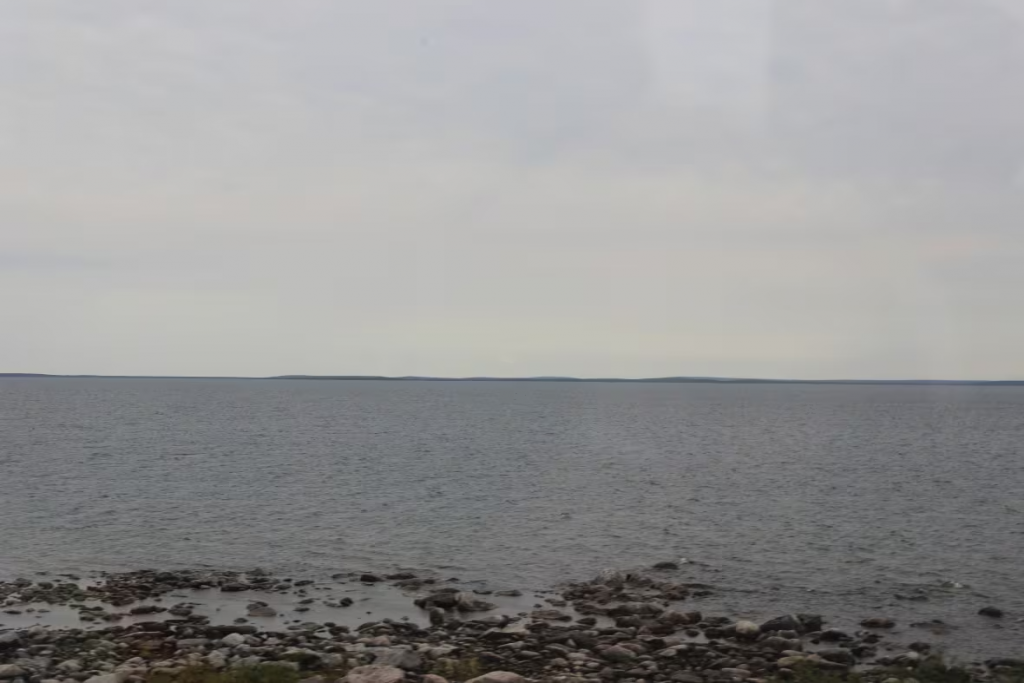
“Cultural use criteria should not have a lower status or less clout in measuring successful closure and influencing the return of security deposits,” she said.
The WLWB has already required Diavik to incorporate traditional knowledge and cultural use criteria in its plans – but the Tłı̨chǫ, the Łutsel K’e Dene and the Yellowknives Dene want it to have the same weight as scientific monitoring and for it to be tied to the return of security deposits.
What are cultural use criteria?
An amendment to Diavik’s current water licence required that cultural use criteria be developed for dumping processed kimberlite back into the open pits which will eventually, as part of closure, be filled with water and reconnected to Lac de Gras.
A letter from the Tłı̨chǫ government to the board during that amendment process a few years ago describes cultural use criteria as the clarity, temperature, colour, smell and taste of the water, as well as whatever unnatural material might be in it.
Diavik held workshops with Indigenous partners to establish that criteria and summarized in a report afterwards that healthy water would look clear, feel cold, smell clean, taste fresh and sound alive.
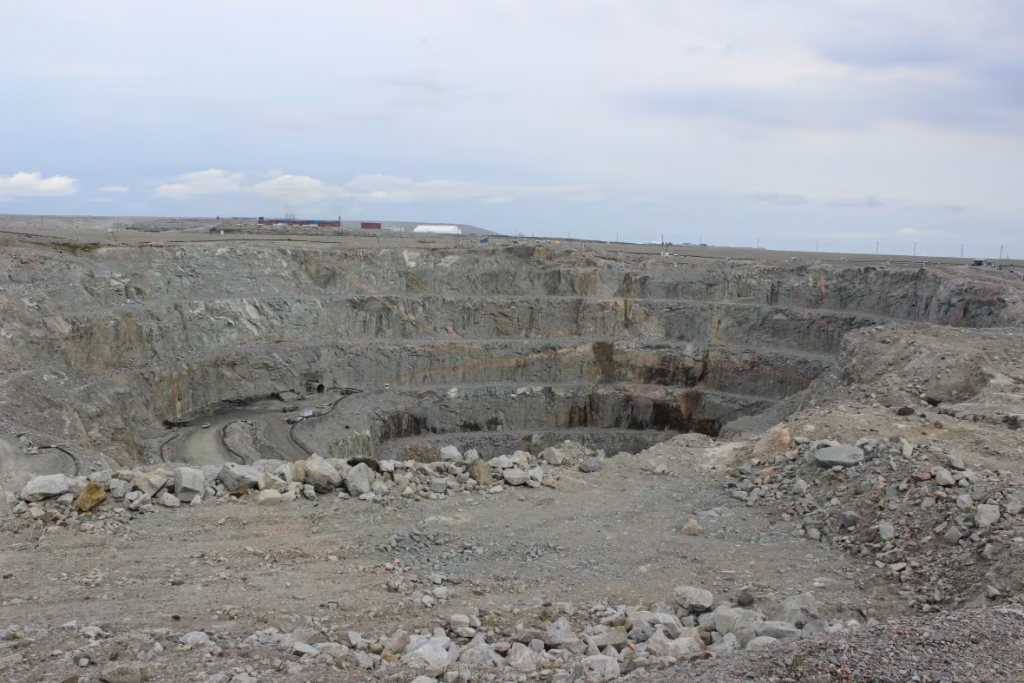
“A lot of times science will say the water is good, you could drink it, but they won’t drink it,” said Patrick Simon, a Deninu Kųę́ First Nation councillor participating in the hearing, adding that scientists also use numbers that are hard to understand to communicate that water is safe.
“If I told you, as an Indigenous person, the water is good, you can drink it, I will not only drink it but I’ll show you the freshness of the water and the vibrancy, the clarity and even the feeling …. When we’re around bad water it don’t feel good. When we’re around good healthy water, we feel alive, we feel connected. It’s part of us.”
Simon said cultural use criteria will help Indigenous people decide whether they want to drink the water and harvest the animals in and around Lac de Gras once Diavik has closed.
‘Flexibility should be maintained,’ Diavik says
A decision for the WLWB to make, once the hearing is over, is whether traditional knowledge and more cultural use criteria should be enshrined in the conditions of the licence – or whether those will be discussed further as part of the mine’s closure plan.
Diavik has expressed preference for the latter, stating in its presentation this week that it “strongly recommends that flexibility should be maintained” by discussing cultural use criteria through the final closure and reclamation plan and not establishing “fixed” licence conditions.
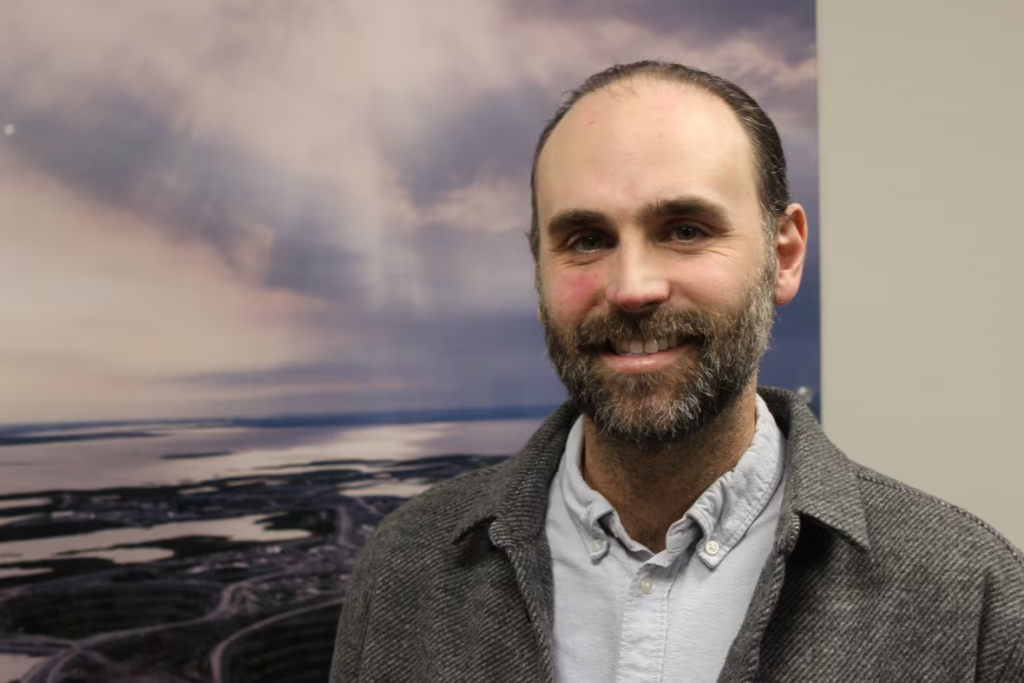
Diavik is already in the process of creating a traditional knowledge monitoring program with its Indigenous partners that’ll be submitted to the land and water board for approval.
“Adding licence conditions might restrict the program that’s in development. [The program] that really, at the end of the day, communities are developing for us,” said Sean Sinclair, Diavik’s manager of closure. “Potentially putting that in a box through licence conditions … we don’t think it would necessarily be helpful and that it could be more flexibly managed through the closure plan.”
In a letter to the board ahead of the hearing, Diavik also said that there’s uncertainty about how cultural use criteria would be evaluated for regulatory compliance.
Diavik is trying to set itself apart from a history of abandoned mines in the N.W.T by closing responsibly. Its existing water licence expires at the end of the year, and it needs another one to wrap up production in March 2026, carry out closure, and start initial post-closure monitoring up until 2035.
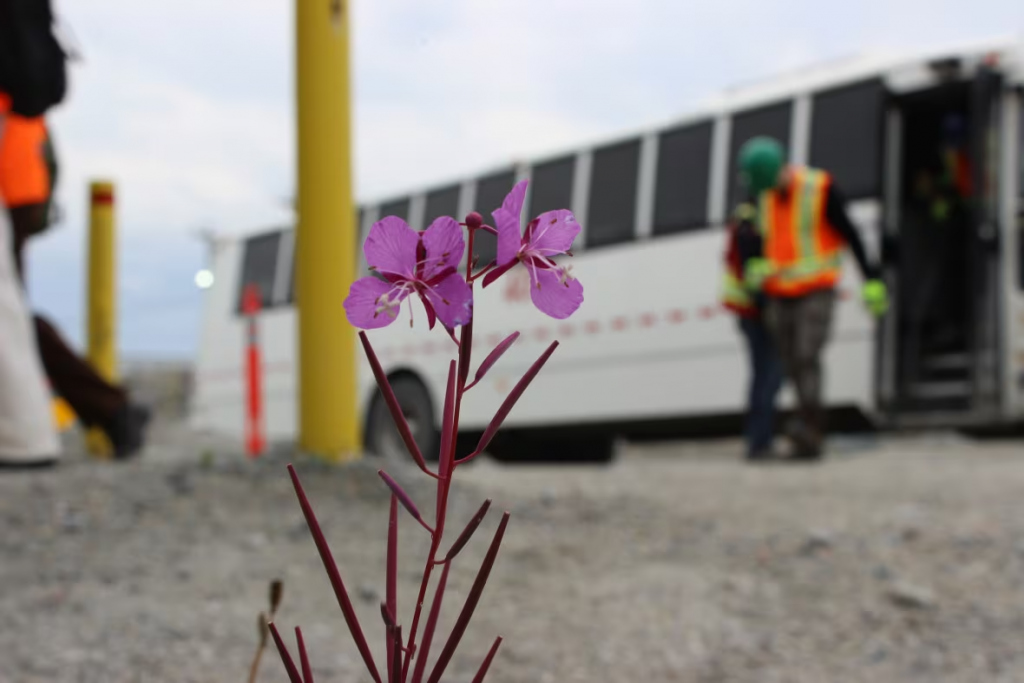
The hearing wraps up in Behchokǫ̀ on Wednesday.
The WLWB is expected to announce its decision about the water licence renewal in September.
Related stories from around the North:
Canada: Pehdzéh Kı̨ seeks confidentiality for traditional knowledge on proposed Mackenzie Valley Highway, CBC News
Finland: Stricter mining regulations and oversight needed in the Arctic, Finnish report says, Yle News
Norway: “The ‘Smart Arctic’ is Indigenous,” Saami leader tells Arctic Frontiers, The Independent Barents Observer
United States: In debate over Alaska drilling, two Indigenous representatives clash, Cryopolitics Blog
